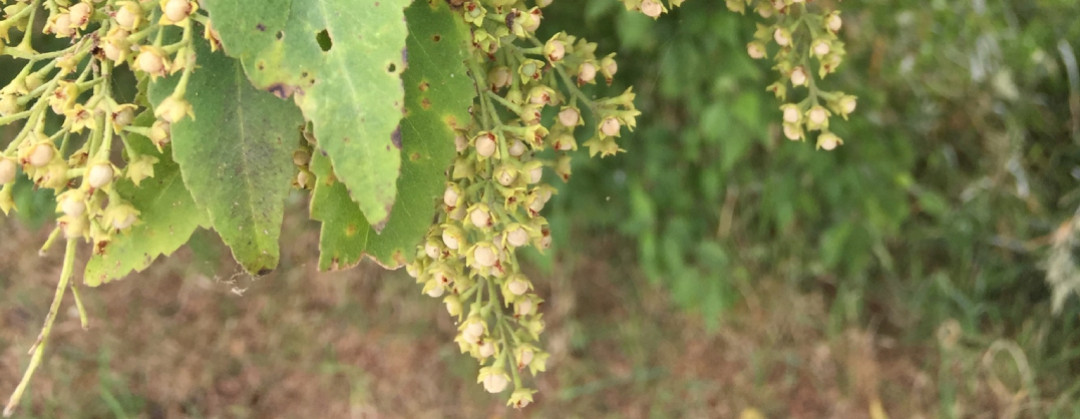Lowland ribbonwood.
Plagianthus regius Ribbonwood | Mānatu

This guide is based on a literature review. It compiles information from various sources. Different sources may offer varying advice and findings.
Hard.
Dioecious – can only collect seeds from female plants.(1)
Seeds mature between January–March. Seeds can be collected when they are slightly green.(1)
Cool-moist stratification for 4 weeks.(4) Stratification is the process of chilling seeds to promote germination.
96% of seeds are viable.(2)
Germination rate of 74% when seeds sown in fruit.(2)
Germination, seed storage, and vegetative propagation need further investigation.
Information about the native seed profiles
All species names are in the following order: scientific name, common name, and Māori name. Names may vary by region. We have tried to use the most common names across New Zealand.
We have sourced photos from different websites and creators. We have used the images under different licences. These include Public Domain and Creative Commons licenses. For Plagianthus regius, the image details are:
- Photo by (c) loribrummer – some rights reserved (CC BY-NC).
- Original image
The basis for each seed profile is a literature review carried out by Scion. Te Uru Rākau – New Zealand Forest Service commissioned and worked on the review to produce a native seed catalogue. The full seed catalogue is on the Ministry for Primary Industries (MPI) website.
References
Metcalf, L J (1995) The propagation of New Zealand native plants. Godwit; Auckland, New Zealand.
Burrows, C J (1996) Germination behaviour of the seeds of seven New Zealand woody plant species. New Zealand Journal of Botany 34(3), 355–367.
Burrows, C J (1993) Germination requirements of the seeds of native trees, shrubs and vines. Canterbury Botanical Society Journal 27, 42–48.
Olsen, M; Millner, J; Ries, T; Douglas, B (2024) Native afforestation: Review of germination. MPI Te Uru Rākau – New Zealand Forest Service Technical Paper No: 2024/03.
Sullivan, J J; Burrows, C J; Dugdale, J S (1995) Insect predation of seeds of native New Zealand woody plants in some central South Island localities. New Zealand Journal of Botany 33, 355–364.